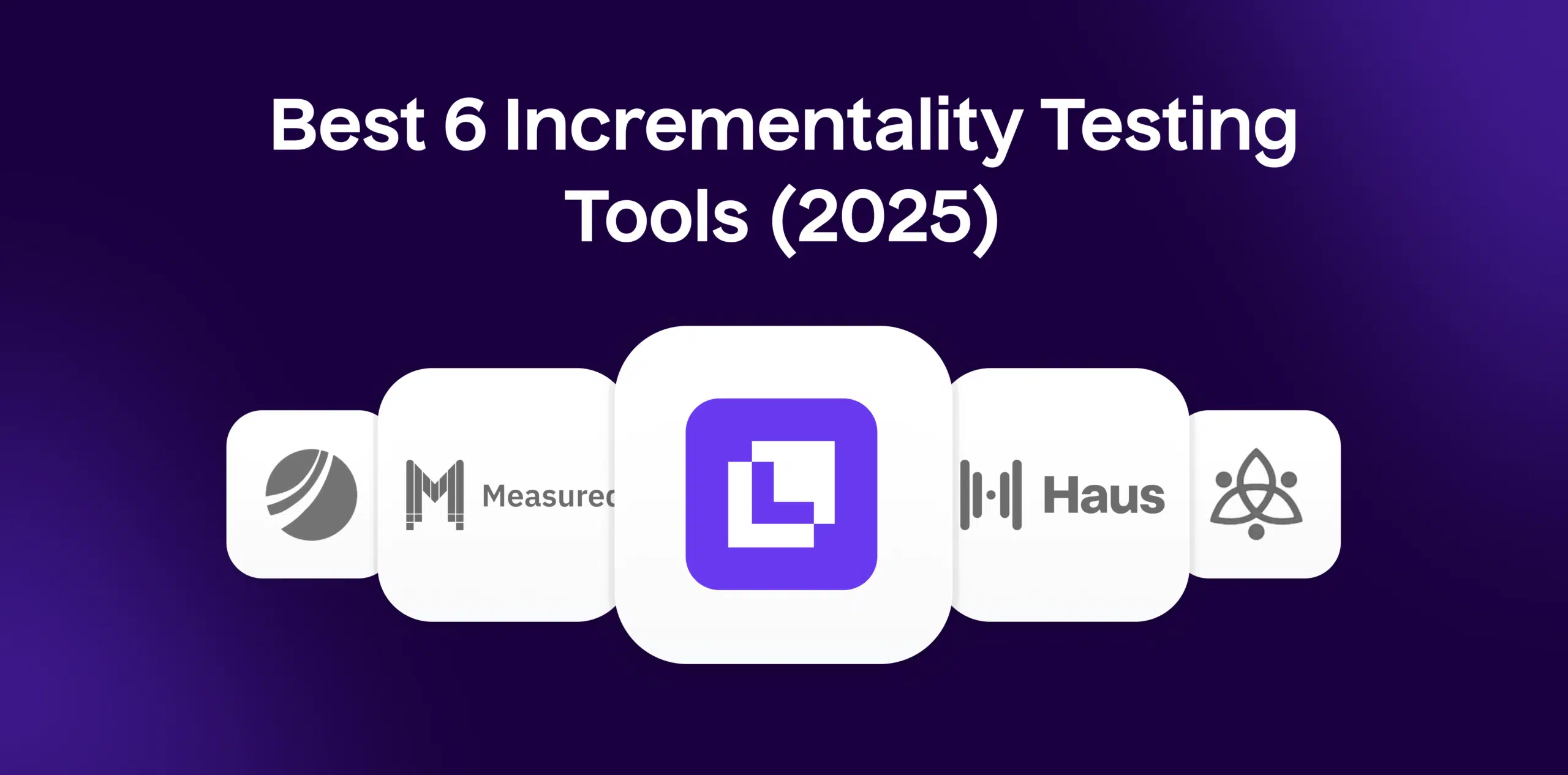What is Revenue?
In an ecommerce context, Revenue refers to the total income a business makes from its online sales activities. It represents the gross value of all completed sales transactions over a specified period. This is the top-line figure on a business’s income statement from which various business costs such as Goods Sold, Operating Expenses, and Taxes are deducted to determine the net income or profit.
Formula
Revenue = Quantity Sold x Price per Unit
Example
Suppose an ecommerce store sells 200 units of a product with a selling price of $50 per unit. The store’s total revenue will be $50 x 200= $10,000.
Why is Revenue important?
Revenue serves as a fundamental measure of a business’s performance. It reflects the attractiveness of the company’s products or services, the effectiveness of its marketing and sales efforts, and its competitiveness within the market. A trend of increasing revenue generally signals healthy business growth and is often an alluring element for investors.
Which factors impact Revenue?
Particular factors like product pricing, competition, market demand, brand reputation, customer behaviour, economic conditions, and marketing efforts significantly impact an ecommerce business’s revenue. For instance, high competition could drive down prices and revenue, while effective marketing might boost sales and revenue.
How can Revenue be improved?
Improving revenue in ecommerce could involve multiple strategies like diversifying product offerings, expanding market territories, or upselling and cross-selling products to increase the average order value (AOV). It may also include enhancing the user experience on the website, optimizing price points, investing in effective marketing, or retaining existing customers.
What is Revenue’s relationship with other metrics?
- 1. Average Order Value (AOV): Higher AOV generally results in higher revenue.
- 2. Conversion Rate: An increased conversion rate usually leads to an increase in revenue.
- 3. Customer Lifetime Value (CLTV): Higher CLTV implies customers generate more revenue over their lifetime.
Free essential resources for success
Discover more from Lifesight
























































